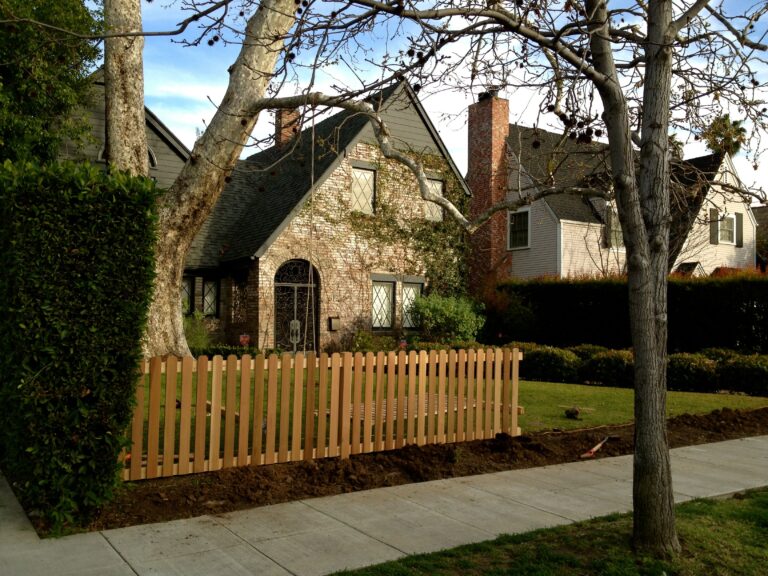Climates About San Mateo, CA
San Mateo is a vibrant city located on the San Francisco Peninsula in California. With its proximity to both the Pacific Ocean and San Francisco Bay, San Mateo enjoys a mild Mediterranean climate year-round. This article will explore the various elements that shape San Mateo’s pleasant climate.
Overview of San Mateo’s Climate
San Mateo has a Mediterranean climate, classified as Csb on the Köppen climate classification system. This means it has cool, wet winters and warm, dry summers.
Some key features of San Mateo’s climate include:
- Mild year-round temperatures, with daily highs averaging in the 60s and 70s Fahrenheit.
- Low seasonal temperature variation, with December lows averaging 45°F and July highs averaging 72°F.
- Dry summers, with rainfall concentrated in the winter months.
- Consistent ocean breezes and frequent fog from June to September.
- Sunny, pleasant weather common from early spring through early fall.
- Rare extreme heat or cold due to the moderating effects of the nearby Pacific Ocean.
Winter Weather Patterns
Winters in San Mateo are cool and wet, with most precipitation falling between November and March.
Temperature
- December is usually the coldest month, with average highs of 60°F and lows of 45°F.
- Frost is uncommon, occurring only a few days per year.
- Temperatures occasionally drop below freezing on winter nights.
Precipitation
- Most rain falls from December to February.
- Average rainfall is 20 inches per year, lower than many other parts of the Bay Area.
- Rain typically falls as light to moderate showers over many days rather than heavy downpours.
Storms
- Storms usually move in from the Pacific Ocean.
- Storm track favors Southern California, so San Mateo only sees a few strong storms per winter.
Spring Weather Patterns
Spring in San Mateo brings increasing sunshine and warmth.
Temperature
- Average highs rise from the low 60s in March to the low 70s in May.
- Overnight lows range from the upper 40s to mid 50s.
- Heat waves are very rare in spring.
Precipitation
- April showers are common, with over 2 inches of rain typically falling.
- May is noticeably drier than April, with less than 1 inch of rain.
- Morning fog and drizzle becomes less frequent by late spring.
Summer Weather Patterns
Summer is when San Mateo experiences its warmest and driest weather.
Temperature
- July and August are the hottest months, with average highs in the mid 70s.
- Low temperatures only drop to around 60°F on summer nights.
- Heat waves with highs above 85°F occasionally occur.
Precipitation
- Rain is very rare from June to September.
- Coastal fog is the main form of precipitation, keeping summer humidity comfortable.
Ocean Breezes
- Afternoon sea breezes keep summer days from getting too hot.
- Overnight land breezes blow from the warmer inland areas.
Fall Weather Patterns
Pleasant sunny weather lingers through the fall months in San Mateo.
Temperature
- September and October highs average in the mid 70s.
- Overnight lows cool down, averaging in the low 50s by November.
- Temperatures become more variable in late fall.
Precipitation
- The first heavy rainstorms usually arrive in November.
- September and October are typically dry, with less than 1 inch of rain each month.
- Morning coastal fog returns, especially in September.
Microclimates of San Mateo
Due to variations in geography and proximity to the San Francisco Bay, San Mateo has several distinct microclimates.
Coastal Areas
Coastal neighborhoods like Marina Lagoon enjoy cooler temperatures, more fog, and stronger afternoon breezes than inland parts of the city. The San Francisco Bay moderates these areas year-round.
Inland Valleys
Inland valleys and basins in the eastern part of the city, like Beresford Canyon, experience wider temperature swings. Summer highs are warmer and winter lows cooler than at the coast. These areas get less fog as well.
Higher Elevations
Hills like Sugarloaf Mountain are slightly cooler than lower elevations. These higher spots can also get light frost in winter while most of the city stays frost-free.
Urban Heat Island Effect
Built up commercial districts absorb more heat during the day. Areas like downtown are often 5-10°F warmer than tree-covered residential neighborhoods in the evening hours.
Role of the Pacific Ocean
Proximity to the Pacific is the main reason why San Mateo enjoys such a mild climate year-round.
Temperature Regulation
Water temperatures along the Central California coast only range from about 50°F to 65°F over the course of a year. This minimizes seasonal temperature swings in coastal areas like San Mateo.
Fog
The nearly 60 degree temperature difference between the cold Pacific and California’s hot Central Valley in summer generates a strong onshore flow. This pulls fog and cool air into San Mateo regularly from late spring to early fall.
Storm Protection
The ocean acts as a buffer against severe storms approaching from the west in winter. As a result, San Mateo only experiences occasional heavy rain events.
Winter Warming Effect
Despite cold sea surface temperatures in winter, the ocean still warms coastal areas like San Mateo compared to places farther inland. Temperatures below freezing are rare as a result.
Weather Hazards
While San Mateo’s climate is generally very pleasant, the area is still vulnerable to a few weather hazards:
Heat Waves
Multi-day heat waves over 90°F can stress power grids and cause health issues. However, hot spells are usually less extreme than inland due to the cooling influence of the Pacific.
Strong Winter Storms
Heavy rainfall from atmospheric rivers can lead to urban flooding. Storms with high winds also occasionally cause downed trees and power outages.
Drought
Lack of rainfall during winter can lead to poor water supply by summer. Coastal cities like San Mateo are less prone to extreme drought than inland areas, however.
Sea Level Rise
Rising ocean levels due to climate change may increase flooding risk in low-lying coastal areas. Monitoring and adaptation measures will be needed to deal with this long-term hazard.
Wildfire Smoke
Wildfires across California often generate smoke and haze that impacts air quality in San Mateo during summer and fall months. Sensitive groups may need to take precautions on smoky days.
By understanding both typical climate patterns and potential hazards, San Mateo residents can enjoy the area’s famously pleasant weather while also preparing for and responding to periodic extremes. Proper planning helps this coastal California city seamlessly adapt to the variability of weather from one season to the next.
Comparison to Other Bay Area Cities
Due to factors like elevation, distance from the Pacific, and proximity to the moderating effects of San Francisco Bay, the climate of San Mateo differs from other cities in the region.
San Francisco
- San Mateo has warmer summer highs (average 72°F vs. 68°F) due to less frequent fog.
- Winter lows are several degrees cooler in San Francisco (45°F vs. 49°F) due to its peninsular location.
- Annual rainfall is higher in San Francisco (22 inches vs. 20 inches).
San Jose
- Located further inland, San Jose has greater variation between winter lows (38°F) and summer highs (84°F) compared to San Mateo.
- San Jose experiences more summer heat waves over 90°F.
- San Mateo gets much more winter rainfall (20 inches) than drier San Jose (15 inches).
Walnut Creek
- This inland East Bay city has lower rainfall (14 inches) and sees higher summer temperatures than coastal San Mateo.
- Winter lows drop into the 30s far more often in Walnut Creek.
- Hot spells over 100°F occasionally occur in Walnut Creek while San Mateo almost never reaches triple digits.
Santa Cruz
- Located right on the Monterey Bay, Santa Cruz has cooler summer highs, in the 60s, due to persistent fog.
- The temperature variation between winter and summer is greater in San Mateo.
- Rainfall totals are similar, though winter storms may pack more punch in Santa Cruz.
In summary, San Mateo’s climate combines elements of cooler, foggier Pacific coastal areas with warmer, sunnier inland valleys to create an ideal year-round Mediterranean environment. This temperate zone climate suits both residents and the area’s diverse ecosystems.
Hours
Monday: 9:00 AM – 5:00 PM
Tuesday: 9:00 AM – 5:00 PM
Wednesday: 9:00 AM – 5:00 PM
Thursday: 9:00 AM – 5:00 PM
Friday: 9:00 AM – 5:00 PM
Saturday: 9:00 AM – 5:00 PM
Sunday: 9:00 AM – 5:00 PM
Contact Us.
Get Solutions For All Fencing Services
Every day from
9:00 — 5:00
Call to ask any question





